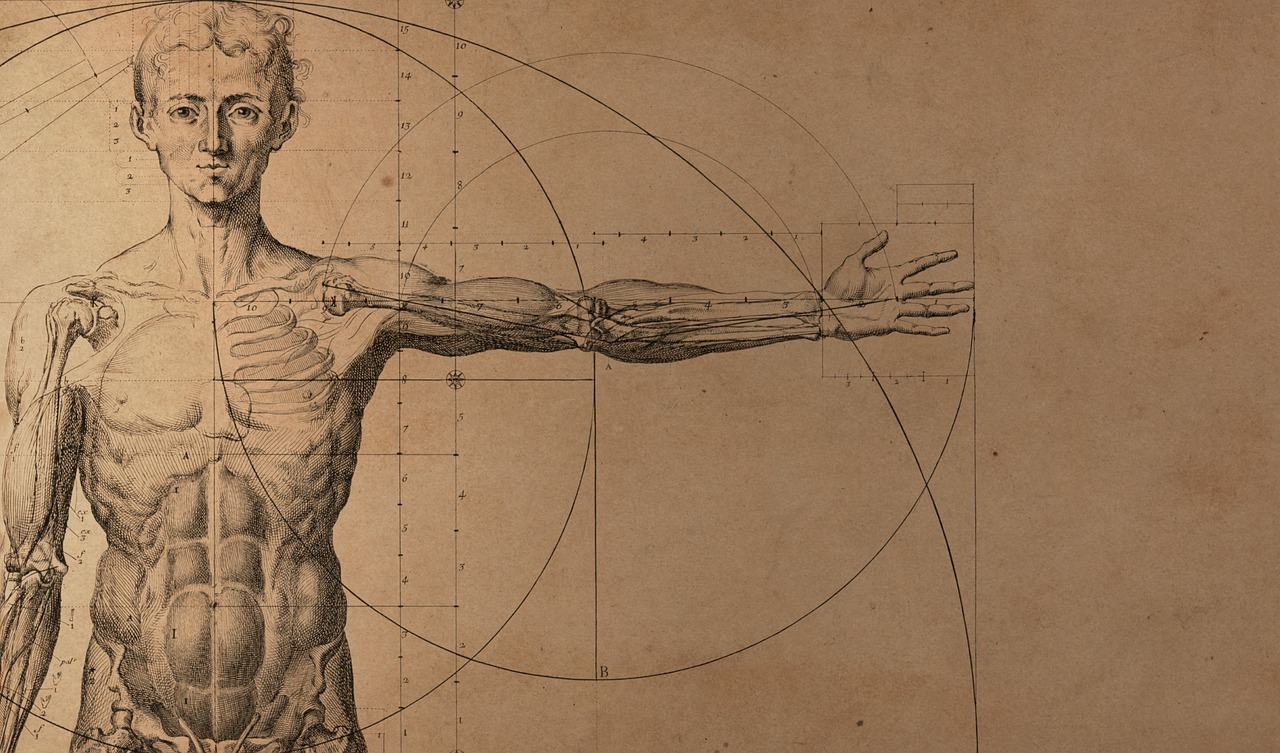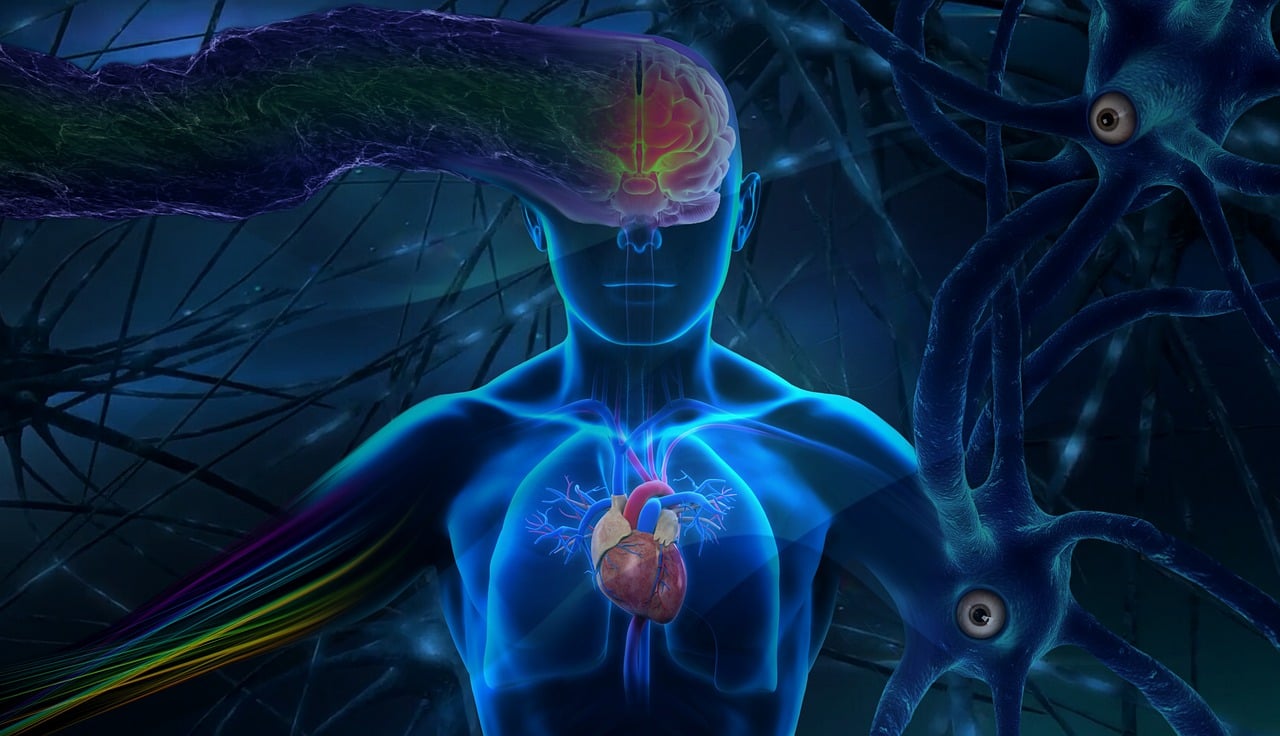Human Body: A Children's Encyclopedia

The human body is an amazing and complex system. It consists of about 37 trillion cells, each playing a vital role in keeping you alive and healthy. Your body parts work together like a well-oiled machine. Blood circulates through veins, delivering oxygen and nutrients throughout the body. Understanding how your body functions is both fascinating and empowering. Dive into human anatomy to discover what makes you tick. Get ready to explore the systems within your body!
Overview of the Human Body
Basic Structure
Cells and Tissues
Think of your body as a busy city. Each cell is like a tiny building block, working hard to keep things running well. You have around 37 trillion cells in your body. These cells group together to make tissues. Tissues are like neighborhoods where similar cells live and work together. Different tissues join to form organs, each with a special job.
Organs and Systems

Your body works like a great team. Organs come together to form systems that do important jobs. For example, the heart, blood, and vessels make up the circulatory system. This system moves oxygen and nutrients through your body. Scientists often talk about 11 major systems, including muscular, skeletal, and digestive systems. Each system has a unique role in keeping you healthy.
Importance of the Human Body
Health and Functionality
Your body works like a well-tuned machine. Every part helps keep you strong and healthy. The immune system protects you from viruses and bacteria. The skin acts as a shield, protecting organs from damage and controlling temperature. Knowing how these systems work helps you care for your body.
Growth and Development
Your body changes all the time. Bones grow longer, muscles get stronger, and organs mature. This growth lets you learn new skills and explore more around you. Understanding your body's anatomy helps you appreciate these changes. You can see how food, exercise, and rest help you grow.
Major Body Systems
Skeletal System
Bones and Joints
Your body needs a strong base to stand and move. The skeletal system gives this support. Over 200 bones make up your body's structure. Each bone has a special job. The skull protects your brain, and the spine helps you stand straight. Joints link bones, letting you move. Imagine bending your arm without an elbow joint! Bones and joints work together so you can run, jump, and play.
Functions of the Skeletal System
Bones do more than hold you up. They guard important organs like the heart and lungs. The ribcage shields these vital parts. Bones also store minerals like calcium to stay strong. When needed, bones release minerals into the blood to keep balance in your body. Blood cells form in bone marrow, helping keep you healthy.
Muscular System
Types of Muscles
Muscles help us move. There are three muscle types: skeletal, smooth, and cardiac. Skeletal muscles attach to bones for movements like waving or dancing that we control voluntarily. Smooth muscles work automatically for actions like digestion. Cardiac muscles are in the heart, pumping blood all over your body.
How Muscles Work
Muscles contract and relax to work. When you want to move, your brain sends signals to muscles causing them to contract and pull on bones creating movement. Muscles work in pairs; one contracts while another relaxes allowing precise control over actions whether lifting a pencil or sprinting down a track.
Circulatory System
Heart and Blood Vessels

The heart is the circulatory system's engine pumping blood through vessels networked throughout the body with arteries carrying oxygen-rich blood from it while veins bring back oxygen-poor blood ensuring continuous flow delivering nutrients & oxygen everywhere.
Blood Circulation
Blood circulation is key for health as it travels picking up oxygen from lungs & nutrients from digestion nourishing cells supporting growth while removing waste keeping bodies clean connecting with other systems working together keeping us healthy & active.
Respiratory System
Lungs and Breathing
Breathing keeps you alive. Your lungs are key here. Air enters through your nose or mouth. It travels down the windpipe to the lungs. Oxygen is absorbed there. The diaphragm, a muscle below the lungs, helps you breathe. When you inhale, it moves down. This lets your lungs fill with air. Exhaling pushes carbon dioxide out. This cycle happens without thinking.
Oxygen Exchange
Oxygen exchange happens in tiny sacs called alveoli in the lungs. Blood vessels surround these sacs closely. Oxygen passes into the blood from alveoli walls. Carbon dioxide moves from blood into alveoli at the same time. This gas swap is vital for cell health. The heart pumps oxygen-rich blood everywhere in your body. Every cell gets needed oxygen to work well.
Digestive System
Organs of Digestion
The digestive system breaks food into nutrients we need. Many organs work together for this task. It starts in your mouth where teeth chew food small. Saliva mixes with food to start digestion early on. The esophagus carries food to the stomach next. Stomach acids and enzymes break it down more there.
Afterward, food goes into the small intestine where digestion continues further with help from pancreas and liver juices aiding digestion greatly as nutrients absorb into bloodstream efficiently here.
Process of Digestion
Digestion has many steps involved throughout process overall starting by breaking down food smaller using enzymes found within saliva initially before moving onto stomach which uses gastric juices effectively continuing breakdown process further still until reaching small intestine where absorption occurs finally leaving waste moving into large intestine absorbing water leaving solid waste behind eventually exiting body providing energy keeping us healthy active.
Interconnection of Systems
How Systems Work Together
Your body is like a team. Each system works together to keep you healthy. The nervous system is the control center. It sends messages to other systems. For example, if you touch something hot, nerves tell muscles to move away fast. This quick action stops injuries.
The digestive and circulatory systems also team up. After digestion, nutrients go into the blood. The circulatory system carries these nutrients to all cells. This teamwork gives cells energy to work.
Coordination and Communication
Systems must coordinate and communicate well. The endocrine system sends hormones as signals. These hormones tell organs what to do. Insulin controls blood sugar levels. When you eat, insulin tells cells to take in sugar from blood, keeping energy steady.
The immune system needs communication too. Gut bacteria help shape the immune system. Changing gut bacteria can treat some diseases. Healthy gut bacteria talk with the immune system to fight germs, protecting you from sickness.
Maintaining Balance and Health
Balance is key for health. Your body keeps conditions stable inside, called homeostasis. The respiratory and circulatory systems help with this balance by moving oxygen from lungs into blood and pumping it around the body for cell functions.
The skeletal and muscular systems help balance too by supporting bones for movement and stability; good posture prevents injuries while exercise strengthens them both maintaining balance as you grow.
Knowing how systems connect helps understand human anatomy better; each plays a vital role in health care.
The human body is amazing and complex. All systems work together to keep you healthy. Each part has an important job. Learning about your body's structure is exciting. Being curious helps you learn how food, exercise, and sickness affect you. Look deeper into the interesting world of human biology. Explore more and let curiosity lead you. You might find out incredible things about yourself!
See Also
Anatomy Art: Exquisite and Disturbing Human Body Illustrations
Innovation Encyclopedia: Visual Guide
Anatomy Museum: Explore the Collection

